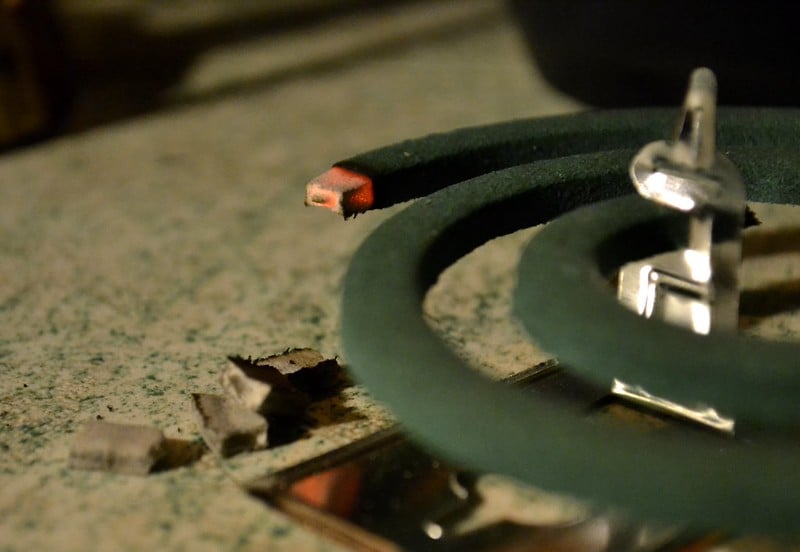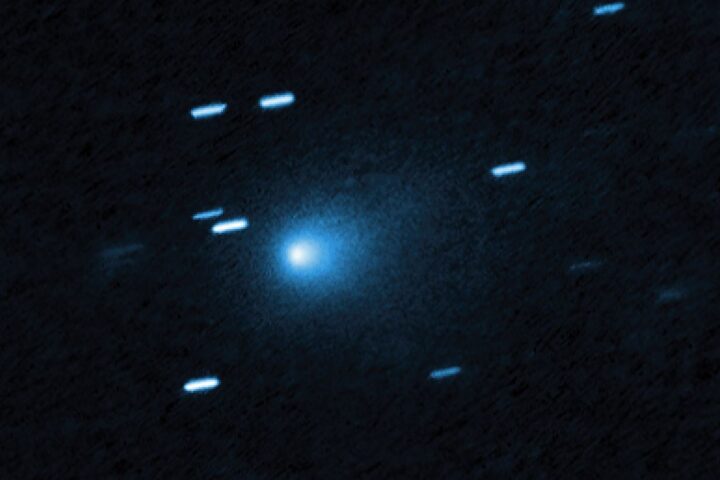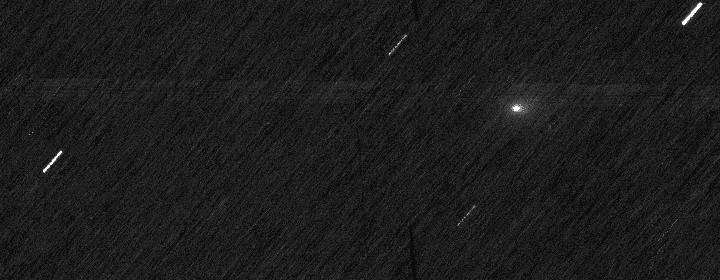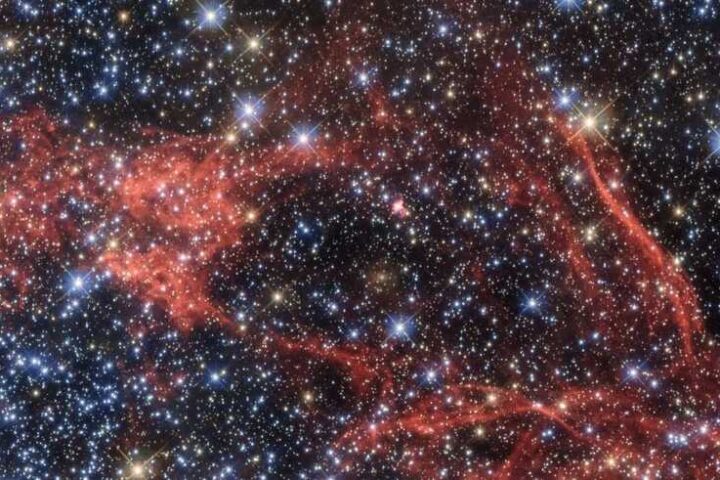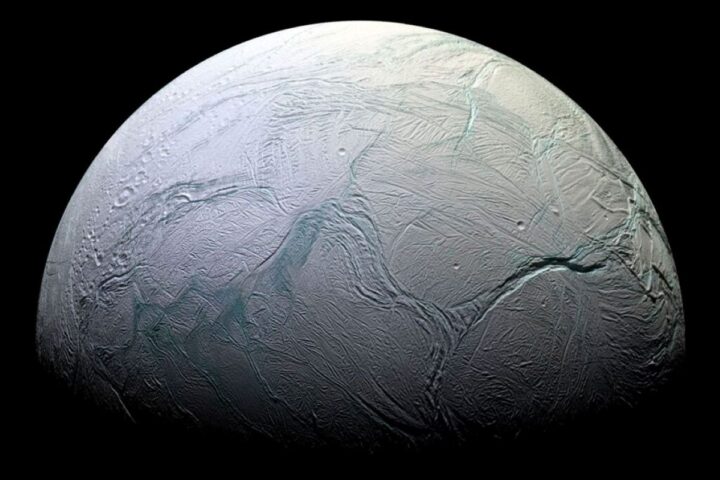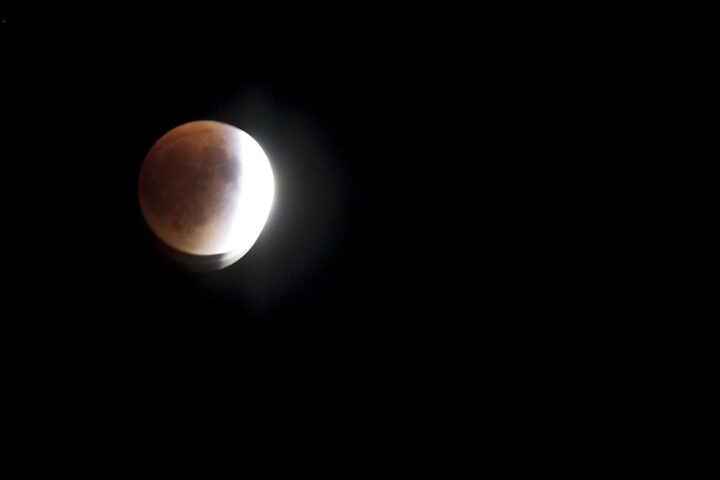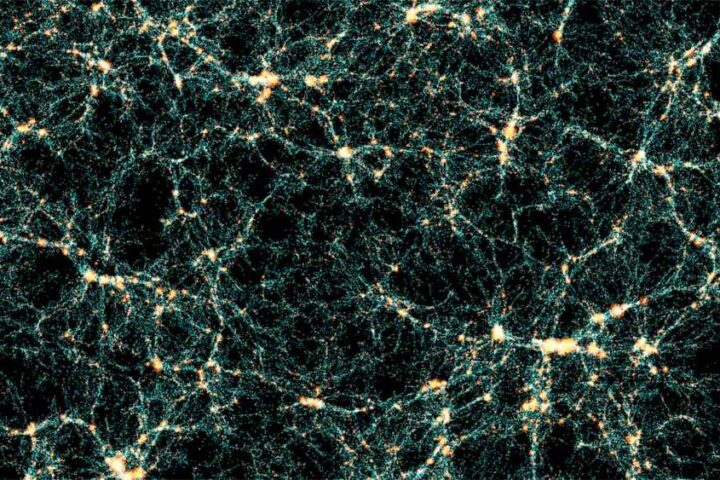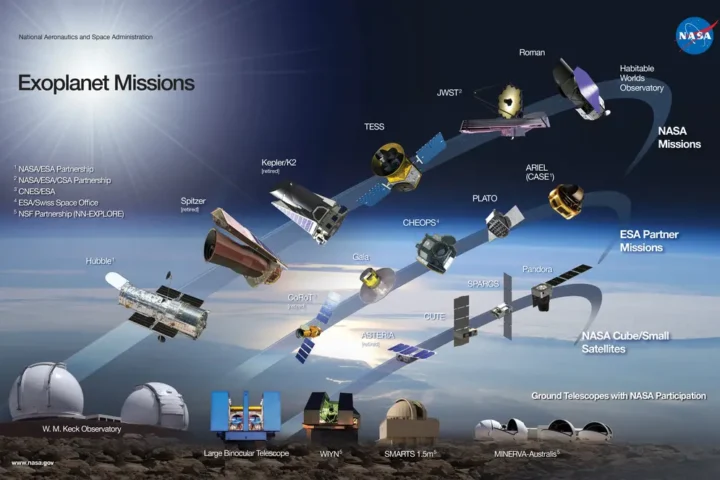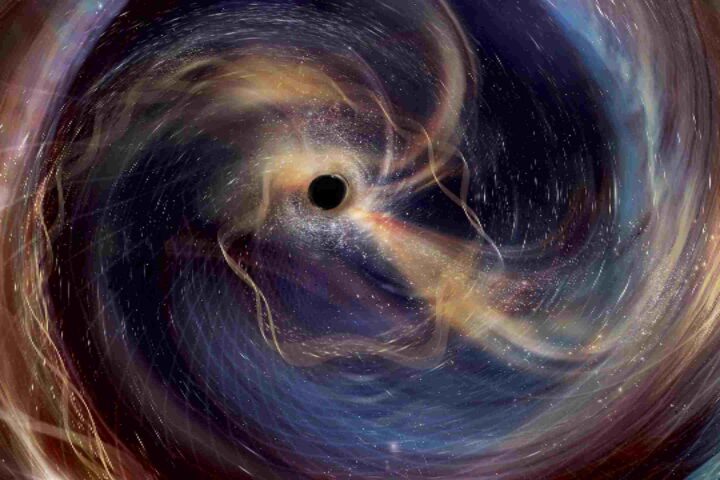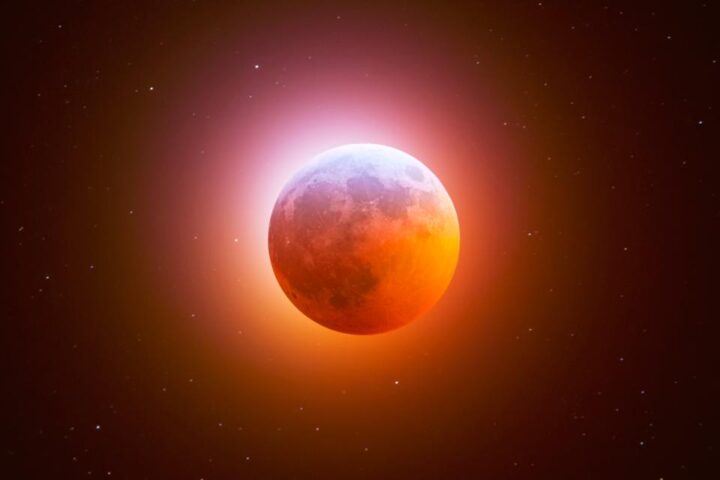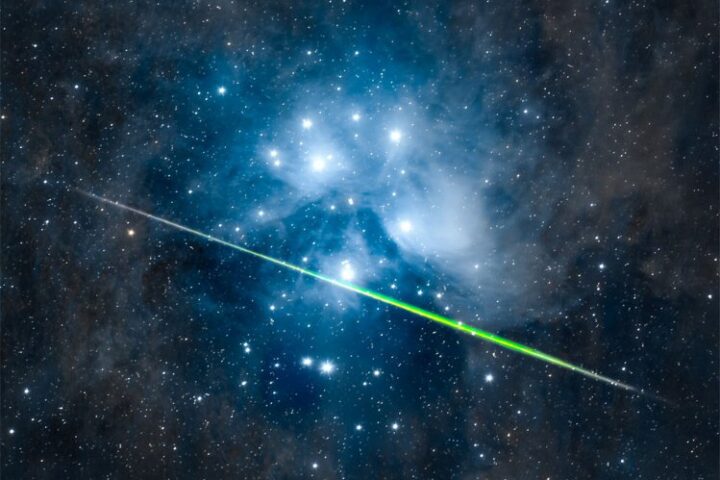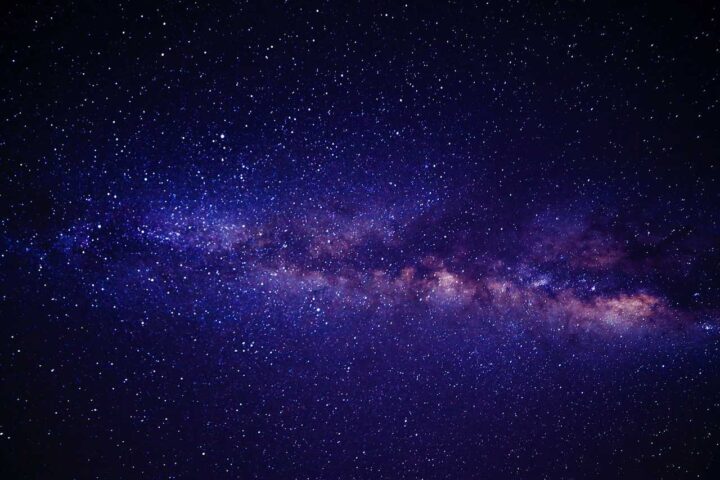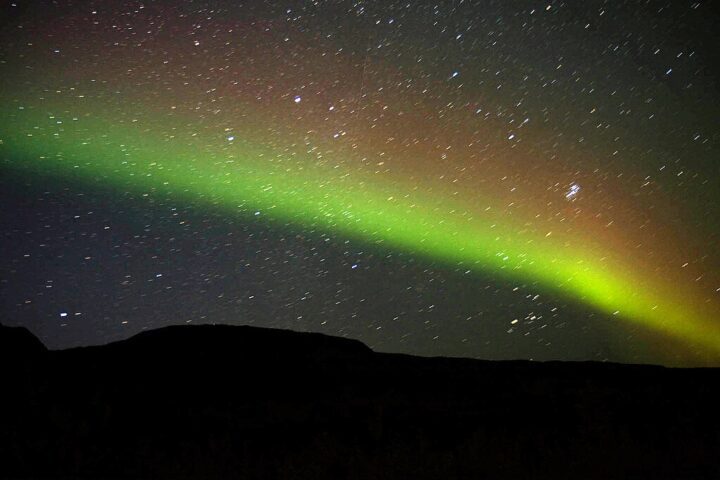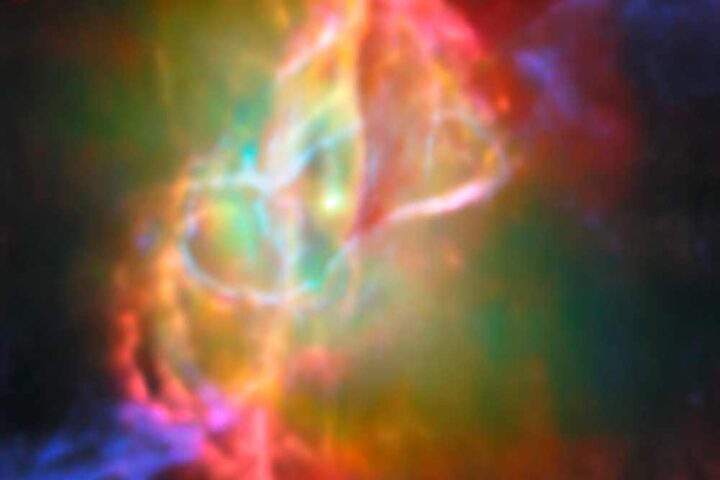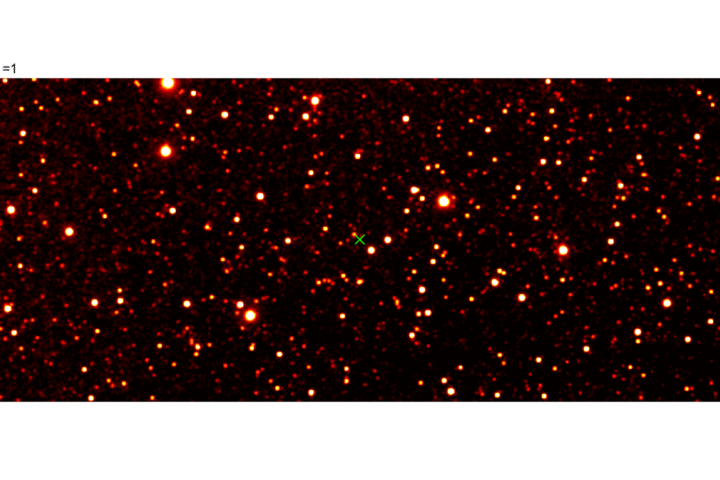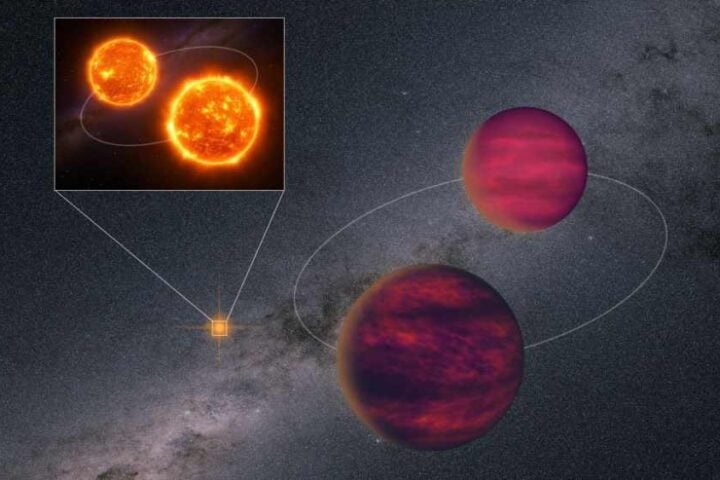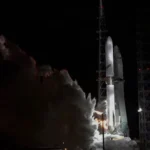The Eta Aquariids meteor shower returns in May 2025, offering skywatchers a chance to see pieces of Comet 1P/Halley burn up in Earth’s atmosphere. This celestial event provides both visual spectacle and valuable scientific data.
Active from April 20 through May 21, the shower reaches peak activity overnight May 5–6. Southern Hemisphere observers can count up to 50 meteors per hour under ideal dark‑sky conditions, while Northern Hemisphere watchers typically spot 10–20 per hour, according to the International Meteor Organization (IMO) calendar.
NASA Science confirms these meteors enter Earth’s atmosphere at approximately 40.7 miles per second (65.4 km/s). This high velocity creates ionization trails that often leave glowing “trains” visible for seconds to minutes after the meteor passes.
The shower’s radiant point—where the meteors appear to originate from—sits in the constellation Aquarius near the star Eta Aquarii. For optimal viewing, the IMO recommends watching between 3:00–5:00 am local time, after the first‑quarter moon (approximately 64% illuminated) sets, providing darker skies until dawn.
IMO researchers note something potentially special about 2025’s shower. Their modeling indicates Earth may cross a denser section of the 1079 dust trail, which contains at least two distinct filaments. This could temporarily boost meteor counts above the baseline Zenithal Hourly Rate (ZHR) of 50.
Similar Posts
NASA’s Meteoroid Environment Office offers a slightly different forecast. After elevated Eta Aquariid rates in recent years, their technical reports predict “a return to typical activity in 2025,” as documented in NASA Technical Reports Server publication #20240012381. The waxing moon may dim some fainter meteors before moonset.
Since 2008, NASA’s automated Fireball Network has recorded numerous Eta Aquariid meteors annually, providing trajectory and orbital data for research. This network complements the CAMS project, which maps shower radiants in real time using multiple camera arrays.
Recent scientific studies published in ScienceDirect examine how centimeter‑sized interplanetary dust grains disperse and evolve over time. This research helps refine prediction models for meteor shower intensity and patterns.
May 2025 offers another astronomical attraction for early‑morning skygazers. Both NASA Science and JPL predict a rare nova event in Corona Borealis (T CrB), expected to reach first‑magnitude brightness during this period—essentially a star that temporarily brightens dramatically.
For best viewing results:
- Find a location away from city lights (2025’s Celestial Calendar)
- Allow 15–20 minutes for eyes to adapt to darkness (Lyrid Meteor Shower 2025 Viewing Tips)
- Avoid looking at phones or bright lights during observation
- Use only your eyes—telescopes or binoculars aren’t necessary
- Lie back on a blanket or reclining chair facing east

Photographers can capture meteor streaks using a sturdy tripod, wide‑angle lens (14–24 mm), high ISO settings (1600–3200), and exposures between 10–20 seconds.
Each meteor represents particles from Halley’s Comet burning up 50–75 miles above Earth’s surface. Though the comet itself won’t return to the inner solar system until 2061, we intersect its debris stream twice yearly—in May (Eta Aquariids) and October (Halley’s Comet particles burning Orionids).You can contribute to ongoing research by reporting your observations to organizations like the International Meteor Organization or NASA’s Fireball Network, adding valuable data points to our understanding of meteor streams and cometary debris.


